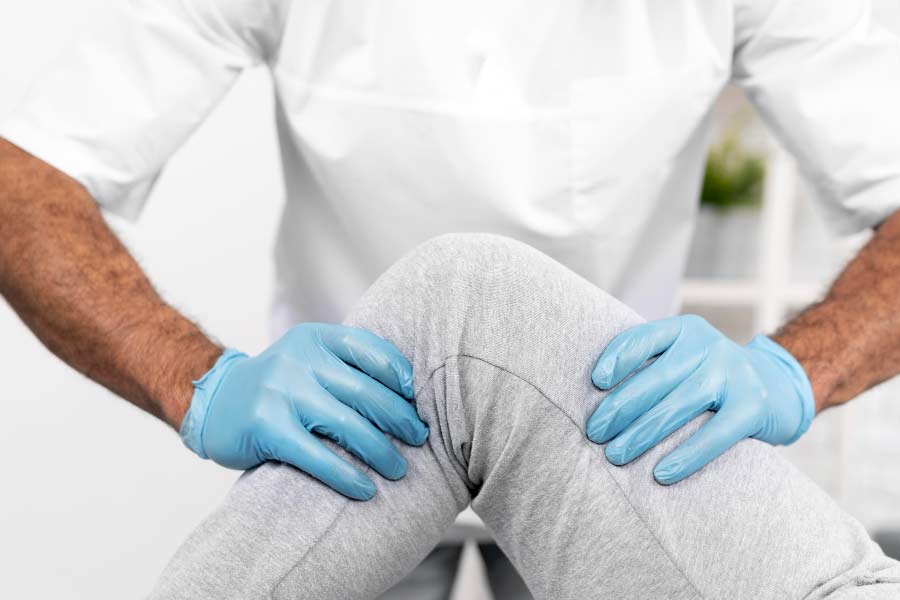7 Musculoskeletal Conditions Treated by Physiotherapy
Physiotherapists are trained in techniques to help treat and prevent many common conditions. These conditions can include neurological issues, concussions, and most commonly, musculoskeletal conditions. There are an innumerable number of musculoskeletal conditions of varying levels of severity, and almost all can benefit from physiotherapy treatment. The following list is thus by no means comprehensive but explores 7 of the most common musculoskeletal conditions that physiotherapists treat successfully every day in practice. If you have any questions about any of these conditions, speak with a physiotherapist to see if treatment may be of benefit to you.
- Piriformis Syndrome
- Tennis Elbow
- Plantar Fasciitis
- Achilles Tendinopathy
- Rotator Cuff Strain/Tears
- Low Back Pain
- Patellofemoral Pain Syndrome
- Piriformis Syndrome
1. Piriformis Syndrome
Piriformis Syndrome is a multifaceted condition that involves both nerve and muscle pain. It can often be confused for disc injuries, as it causes pain into the leg that can travel as far as the foot. Piriformis syndrome begins with tension in the glutes and piriformis muscle, which is a thin muscle that connects from the lateral hip to the sacrum.
The piriformis sits on or is pierced by the sciatic nerve. Because of this, when it gets tight, it compresses the nerve, and can send radicular nerve pain down the leg. This pain is often described as a throbbing sensation, but can also present as sharp, burning or numb. The piriformis can get tight from overuse, excessive sitting, or compensation from weak glutes.
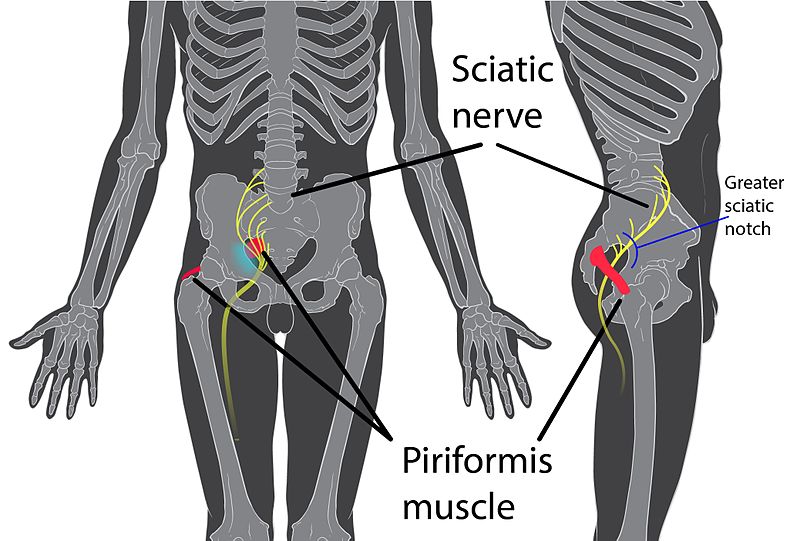
In any of these cases, a physiotherapist can help reduce the inflammation, loosen the muscle, and strengthen the glutes to prevent future bouts of piriformis syndrome. The physiotherapist might use needling, active release, shockwave therapy, deep tissue laser, or other soft tissue modalities in combination to help relieve the tension in the piriformis and surrounding muscles. Once the muscle is looser and the pain has diminished, rehab can be used to stretch and strengthen the area.
2. Achilles Tendinopathy
Achilles tendinopathy is a common condition, and is seen in athletes from many sports. It can also be caused by running, walking, or cycling. The achilles tendon contains the end fibers of the gastrocnemius muscles and the soleus muscle. The tendinous part of these muscles as they approach the heel is known as the achilles tendon, and it has an immense amount of tension.
If the tendon gets overused, or the gastrocs and soleus that comprise it get tight, the tendon can become inflamed, or partially or fully tear. A full achilles tear is a less common but debilitating injury. It often requires 6-12 months of rehabilitation to get to its pre-injury levels of strength and stability. These full tears often occur during sports, and can cause the person to go into shock.

They were typically always repaired with surgery, but newer research has shown that the tendon is stronger in the long term if surgery is avoided. Achilles tendinopathy is more common and less severe, but still limits a patients’ ability to do the things that they enjoy pain free. On imaging, a thin layer of inflammation and a thickened tendon are often seen. Physiotherapists are well equipped for this inflammatory condition, and often use deep tissue laser, active release, graston, and taping to help loosen the gastrocs and soleus, as well as take weight off of the achilles while it heals. Once the pain has subsided, strengthening rehab can be initiated, which helps keep the achilles less tense and the lower leg muscles stronger to prevent a recurrence of pain and weakness.
3. Tennis Elbow
Tennis elbow is caused by overuse of the forearm extensors. These muscles become tendinous as they insert into the lateral epicondyle. With office work, people often use their forearms a great deal for typing and mousing. The repetitive nature of this kind of work causes inflammation and tension in the forearm. This tension pulls from the muscles through the tendon, and can in severe cases cause partial tearing or pulling off of the bone.
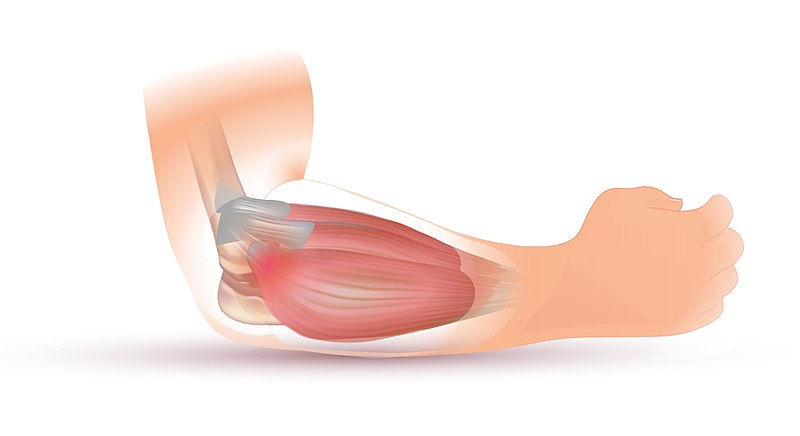
This periosteal reaction at the lateral epicondyle is especially painful and causes weakness in the forearm. It is especially noticeable turning a doorknob or pouring coffee, for example. The most effective treatments are active release, shockwave therapy, and deep tissue laser. Often in 4-6 treatments, a physiotherapist can have even the most severe cases of lateral epicondylitis (tennis elbow) under control. As with most conditions, rehabilitation exercises are key to preventing future attacks. Ergonomic advice is also helpful.
4. Plantar Fascia
Plantar fascia is one of the most common injuries to the foot that physiotherapists see in practice. It is usually caused by overuse, as the tight fascia is stretched too far and too often, which leads to pulling and inflammation where the fascia attaches to the medial calcaneus. This causes heel pain, which is often worse in the morning or with the first few steps after walking. The pain is often worse in the morning, as the microtears in the plantar fascia slightly heel overnight, and are then reaggravated with walking.
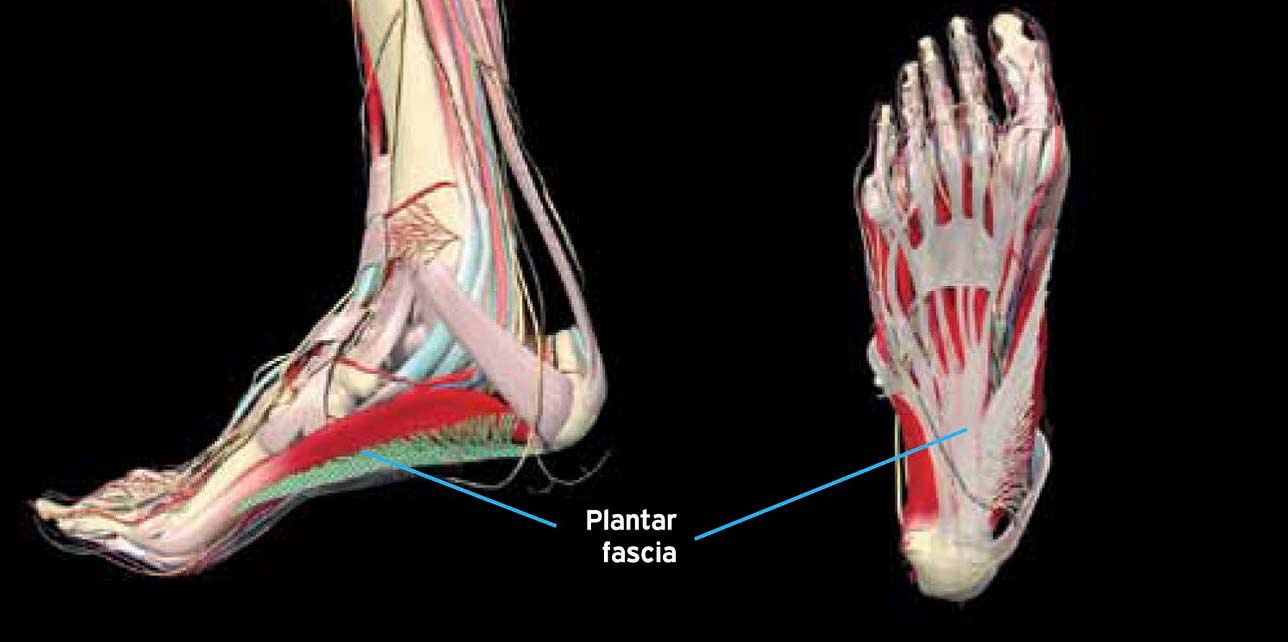
Picture Credits: SportEX Journals
Often, patients with plantar fasciitis have flat feet (pes planus), which further stretches the fascia. Tight calf muscles can also contribute, as they share an insertion point on the heel with the plantar fascia. In terms of treatment, physiotherapists use shockwave therapy, which restarts the body’s acute healing response, and leads to a full resolution of plantar fasciitis in 91% of cases according to the latest studies. Active release is also used, as well as taping and other modalities, depending on the presentation of the plantar fasciitis and how old it is.
5. Rotator Cuff Strain
The rotator cuff is a complex group of muscles that helps move the shoulder in all directions. In addition to the four muscles that make up the rotator cuff – supraspinatus, infraspinatus, subscapularis, teres minor – there are over a dozen additional muscles that attach to the humerus or scapula that also help with shoulder motion and stability. When a specific muscle is strained in the rotator cuff, there is often tension or weakness in multiple other muscles involved with shoulder mobility.
The most common shoulder muscle to become strained, inflamed, or torn, is the supraspinatus muscle. This muscle is responsible for initiating shoulder abduction. Once the shoulder has started to abduct, the deltoids, traps, and rhomboids all help to bring the arm fully overhead. Rotator cuff strains can limit a person’s ability to throw, reach across their body, or even perform simple tasks like lifting a coffee cup.
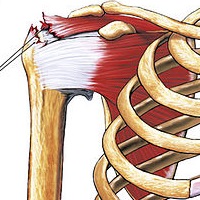
Physiotherapists have a variety of modalities that they can use on this condition, depending on the severity of the strain, the age of the injury, and the specific tasks the patient is performing in their day to day life. Active release, shockwave, deep tissue laser, acupuncture, taping, and rehab can all be used depending on the case in question.
6. Low Back Pain
Low back pain is a multifactorial condition that can lead to severe disability if not treated properly. The pain can originate from one or more of the discs, facet joints, muscles, or ligaments. The most severe and difficult-to-treat low back pain is caused by disc herniations or bulges.
When a disc herniates, sometimes surgery is required to fix it, and conservative treatment options are not as effective as homecare, stretches, and if needed, surgery. For joint issues, chiropractic care is often the best course of treatment, but physiotherapists have lots of treatment methods for this as well. Mobilizing the joints, manipulating the joints, and loosening the surrounding musculature can often help alleviate this condition quickly.

Muscle pain is another common cause of low back pain. It can be the result of overuse, weakness, stiffness, or other imbalances in muscular strength in the core and low back. Often soft tissue techniques like active release and Graston technique can help loosen the back, and rehab exercises can be prescribed to help strengthen the core.
7. PFPS (Patellofemoral Pain Syndrome)
Patellofemoral Pain Syndrome is a broad diagnosis, with a range of symptoms that result from increased pressure and poor tracking at the patellofemoral joint of the knee. This can be caused by tension in the quadriceps muscle or the patellar tendon, or an imbalance in strength between the lateral and medial muscles of the leg.
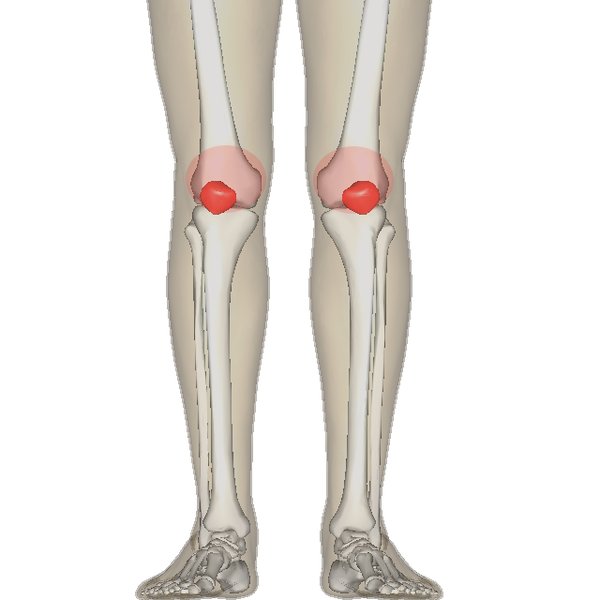
This imbalance can cause the kneecap to track improperly during flexion and extension. As a result, the patient will experience knee pain, especially during or after activities. Patellofemoral Pain syndrome is quite common in athletes, and responds very well to treatment. A strengthening program designed by a physiotherapist can effectively rebalance the muscles of the legs. Active release, needling, and other modalities can help with the tension in the muscles, while deep tissue laser can be used to decrease swelling and pain in the knee.
Conclusion
These seven musculoskeletal conditions that are treated by physiotherapists are just a few of the hundreds of conditions that physiotherapists treat every day. These are seven of the most common conditions, which means that your physiotherapist has seen them numerous times, and will have experience dealing with these conditions in a wide range of severity. If you would like to book a consult with one of the physiotherapists at Encompass Sports Therapy for one of these conditions or another issue, give the clinic a call or book online. Our physiotherapists are well suited to assess your condition and recommend a treatment plan that is catered to your specific needs.

